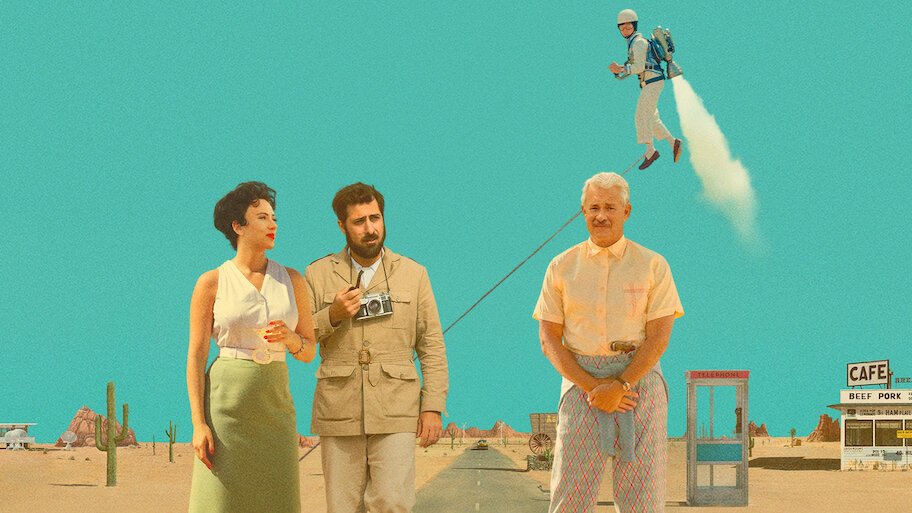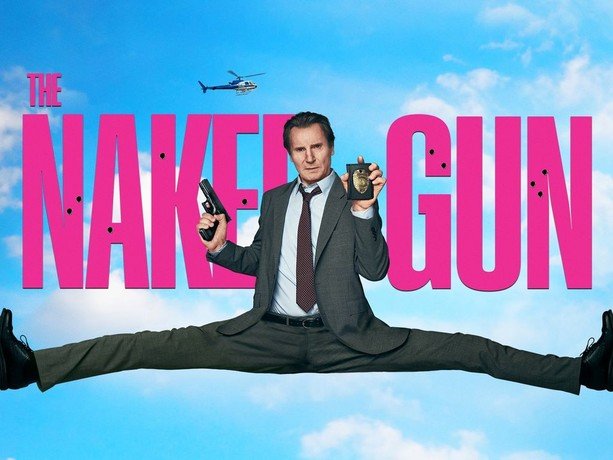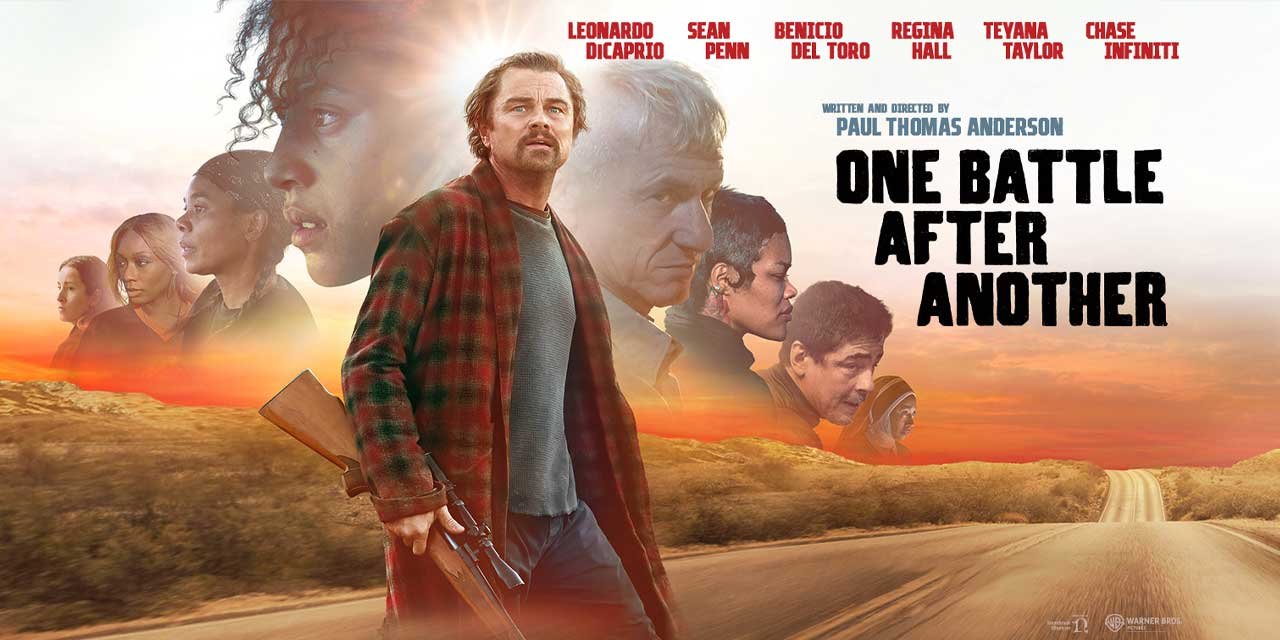
Asteroid City Review: Wes Anderson’s Visual Masterpiece
Asteroid City, the latest film from acclaimed director Wes Anderson, has been the subject of much discussion and debate since its premiere at the Cannes Film Festival. As a long-time fan of Anderson’s unique visual style and storytelling approach, I was eager to dive into this new cinematic offering. However, after watching the film, I found myself with a somewhat mixed reaction – captivated by the director’s signature aesthetic, yet slightly underwhelmed by the narrative itself.
Wes Anderson’s Signature Style Shines, But at What Cost?
One thing that is undeniable about Asteroid City is the film’s stunning visual presentation. As with all of Wes Anderson’s works, the attention to detail in the production design, cinematography, and costume design is simply breathtaking. The fictional town of Asteroid City, constructed entirely from scratch in the Spanish desert, is a marvel to behold – a meticulously crafted mid-20th century setting that oozes nostalgia and charm.
Anderson’s trademark symmetrical framing, vibrant color palette, and whimsical touches are all present in abundance. The black-and-white 4:3 aspect ratio used for the “play-within-the-film” segments provides a delightful contrast to the lush, nostalgic visuals of the 1950s setting. Cinematographer Robert Yeoman’s work is, as always, impeccable, capturing the desert landscapes and the town’s intricate production design with a keen eye for composition and lighting.
The costumes, too, are a standout, with the film’s large ensemble cast adorned in meticulously tailored period attire that adds to the overall sense of stylized authenticity. It’s clear that no detail has been overlooked in the creation of Asteroid City’s visual world, and fans of Wes Anderson’s distinctive aesthetic will undoubtedly find much to appreciate.
A Narrative Lacking Cohesion
However, as visually captivating as Asteroid City is, the film’s narrative structure and character development left me somewhat underwhelmed. Unlike many of Anderson’s previous works, which have often centered around a strong central protagonist or family unit, Asteroid City feels more like a collection of loosely connected vignettes, with a large ensemble cast that never quite coalesces into a cohesive whole.
The film’s premise – a 1950s convention of young scientists and their families in the fictional town of Asteroid City – is certainly intriguing, and the director’s exploration of themes like the space race, nuclear paranoia, and the rise of television culture in post-war America are undoubtedly fascinating. But the execution of these ideas often feels fragmented and lacking in narrative drive.
One of the key issues I had with the film is the lack of a strong central protagonist. While characters like the playwright played by Edward Norton and the grieving mother portrayed by Scarlett Johansson are compelling in their own right, the film never fully commits to their stories, instead jumping between a dizzying array of characters and storylines. This lack of narrative focus can make the film feel disjointed and, at times, even a bit aimless.
Balancing Wes Anderson’s Signature Style with Compelling Storytelling
This is not to say that Asteroid City is a complete failure. There are certainly moments of brilliance throughout the film, particularly in the way Anderson weaves together the various thematic threads and visual motifs. The contrast between the black-and-white “play-within-the-film” segments and the vibrant, color-drenched 1950s setting is a prime example of the director’s talent for creating striking cinematic juxtapositions.
Additionally, the film’s ensemble cast is uniformly excellent, with standout performances from the likes of Jason Schwartzman, Tilda Swinton, and Jeffrey Wright. The director’s trademark deadpan humor and wry social commentary are also present, providing moments of levity and insight amidst the film’s more melancholic undertones.
But ultimately, I can’t help but feel that Asteroid City represents a missed opportunity for Wes Anderson. While the film is undoubtedly a visual feast, the narrative lacks the emotional resonance and character development that have made many of his previous films so compelling. It’s as if the director’s meticulous attention to aesthetic detail has come at the expense of a truly cohesive and engaging story.
A Visually Stunning, But Narratively Uneven, Addition to Wes Anderson’s Filmography
In the end, Asteroid City is a film that will likely divide audiences. For die-hard Wes Anderson fans, the director’s signature style will be more than enough to warrant a viewing, and there is certainly much to appreciate in the film’s technical and artistic achievements.
However, for those seeking a more emotionally engaging and narratively satisfying cinematic experience, Asteroid City may fall short. The film’s fragmented structure and lack of a strong central protagonist can make it feel like a series of interesting ideas and visuals in search of a cohesive story.
Ultimately, Asteroid City is a film that showcases Wes Anderson’s undeniable talent as a visual storyteller, but also highlights the need for the director to strike a more effective balance between his signature style and the demands of compelling narrative filmmaking. It’s a film that will undoubtedly spark discussion and debate, and one that will likely be remembered as a curious, if uneven, addition to the director’s impressive body of work.
Thank you for reading, and I hope this in-depth analysis of Asteroid City has provided you with a deeper understanding and appreciation of Wes Anderson’s latest cinematic offering. Whether you ultimately love or hate the film, it’s undeniable that Anderson continues to push the boundaries of what is possible in the medium of film.













Publicar comentário